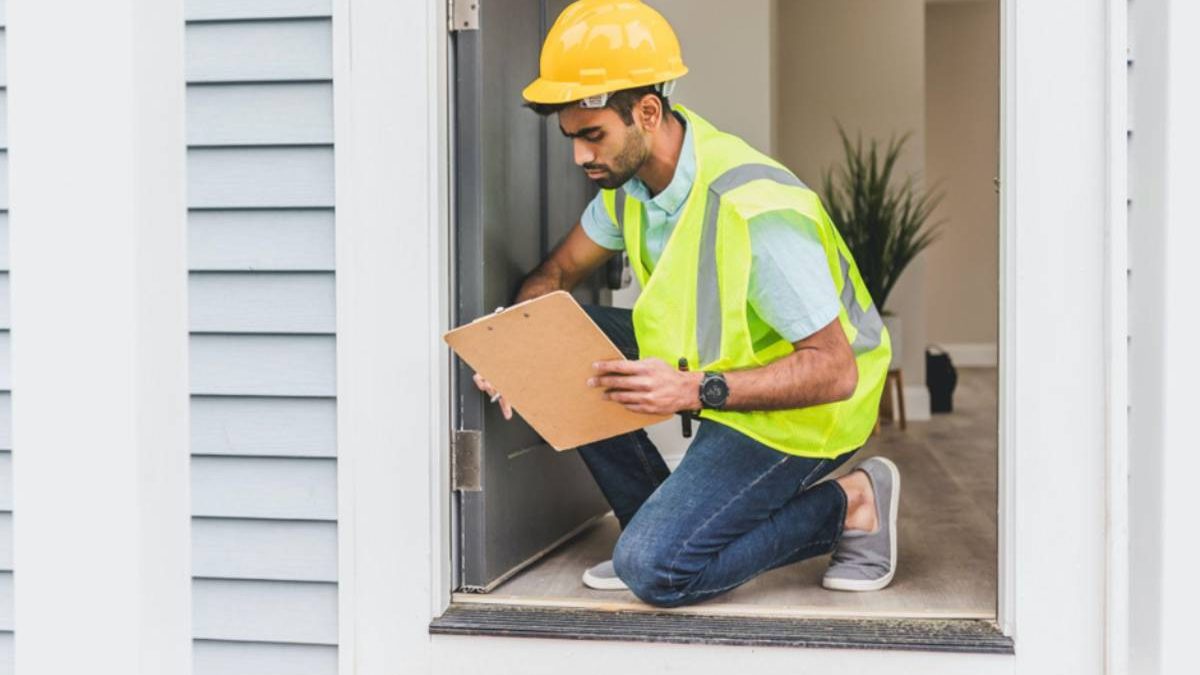When you’re selling a home, it’s important to make sure that the property is in good condition. While you might be tempted to sell your house “as-is” and move on with your life, doing so could lead to costly repairs down the road or even lower sale prices. That’s why it’s smart to invest in a home inspection before listing your property for sale. A qualified inspector will thoroughly examine each room and area of your home, pinpointing any potential issues that need attention while also providing recommendations on how they can be fixed inexpensively (or avoided altogether).
Here are six uncommon types of inspections that experts recommend taking before putting up signs advertising your beautiful abode:
Table of Contents
Radon Inspections
Radon is a naturally occurring gas that can occur in homes. It poses no danger to your health if you are exposed to it, but if it’s present at high levels, it could cause lung cancer. The good news is that radon testing is inexpensive and easy to do – many home buyers will expect you to have had it checked before they buy your house.
Pest Bird Inspections
Pest bird inspections are important for homes in the country because they can help you avoid costly repairs. You may be wondering whether your home is at risk of pest bird infestation, but it’s a good idea to talk to an inspector before selling your house. Pest bird inspectors, including the use of sonic bird deterrent can help you avoid health issues as well as legal problems.
Survey Inspections
A survey is a legal document that details the condition of your property. It’s essential for anyone selling a home with a mortgage on it, as it can confirm whether or not the building has any outstanding issues. For example, if there are cracks in the foundation or roofing materials, these issues would have to be repaired before you put your house up for sale. So if you’re selling a commercial building or apartment complex, then getting an engineer’s report may also be helpful. However, in most cases where there are no mortgages involved—like when purchasing land—it’s usually unnecessary because most people will hire their inspectors anyway and simply rely on their findings instead!
Asbestos Inspections
Asbestos is a material used in building construction and insulation. It’s often found in older homes, but it can still be found in new ones. While asbestos is typically not harmful when it’s left undisturbed, its fibers can become airborne when the material deteriorates over time or if it’s disturbed during renovations or demolition work. Asbestos removal cost is generally between $5 and $20 per square foot.
Asbestos was used extensively from about 1940 through the 1970s because of its fireproofing abilities and low cost. The EPA notes that many products still contain asbestos today, including vinyl flooring, ceiling tiles, and paints made before 1990 (check the label). It’s also found in cement blocks made with vermiculite ore that contains asbestos fibers; some older vinyl liners for metal drums; some adhesives used to secure roof shingles; drywall joint compound containing asbestos paper tape.
Termite Inspections
Termites are an invisible threat to your home. These pests can cause serious damage to wood, molding, and even the foundation of your house. When it comes to termite inspections, there are three different levels: visual inspection, soil inspection, and sub-slab inspection. Visual inspections typically cost between $200 and $300 per year and should be done annually or every other year (depending on your location). Sub-slab inspections cost around $500 while soil inspections range from $300-$400 per property.
Drain Inspections
Check the drain trap to make sure it’s not clogged with debris. Check for leaks or cracks in the drain pipe, especially at joints and where it enters the wall or floor. Using drain cameras, check to see if there are any foreign objects in the drain trap—things like hair, soap scum, bugs, and animal fur can all cause problems. If you find something that looks out of place, remove it with tongs (or pliers) and flush again with water until clean; then replace your strainer so nothing else gets trapped there later on.
Energy Efficiency Inspections
Inspecting energy efficiency can be a big part of your home inspection. There are several ways to check for energy leaks and breaks in the system. You may want to look at air ducts, insulation, HVAC systems, water heaters, and lighting fixtures.
- Air Ducts – Look for improper insulation or any signs of mold or mildew that could indicate an air leak.
- Insulation – Look at the walls and attic areas for any gaps in the insulation or other signs that it needs to be replaced by having an expert come out and test your home’s temperature throughout the year so you know if there are spots where cold air is seeping into your house through cracks around windows and doors.
Conclusion
Hopefully, this article has given you some ideas for what to look for when preparing your home for sale. Although not all of these inspections are required by law, many buyers will insist on them as part of the purchase process. By being prepared and thorough with your home inspection process, you can ensure that everything goes smoothly when it comes time to sell.

